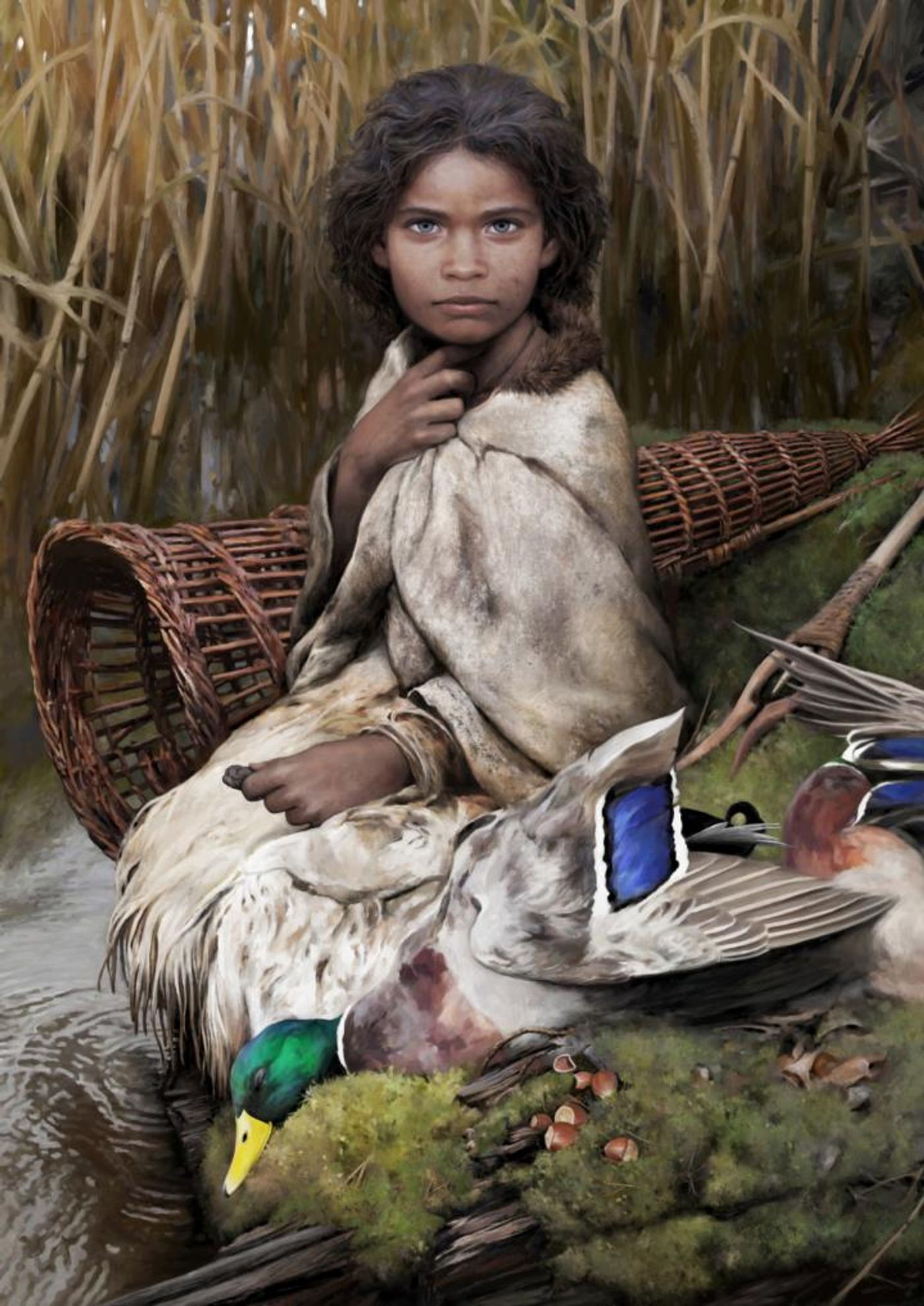Ancient Sample of Gum Yields Valuable Genetic Information
The Jurassic Park movie theorized that DNA could be extracted from the bloodmeal of an ancient mosquito trapped in amber, which is not a realistic idea. Now scientists have recovered very old DNA from an interesting place, however; a piece of chewing gum that’s 5,700 years old has yielded a sample of human DNA and microbes linked to humans. Researchers were excavating in Lolland, a Danish island, and uncovered the gum, made from birch pitch. The genomic DNA they found is a complete sequence, and it’s the first time that investigators have gotten a whole, ancient human genome from anything but bones. Their findings were reported in Nature Communications.
“It is amazing to have gotten a complete, ancient human genome from anything other than bone,” said the research leader, Associate Professor Hannes Schroeder from the Globe Institute at the University of Copenhagen. “What is more, we also retrieved DNA from oral microbes and several important human pathogens, which makes this a very valuable source of ancient DNA, especially for time periods where we have no human remains.”
An analysis of the genome showed that the gum chewer was female, and was more closely related, genetically, to mainland European hunter-gatherers than people living in Scandinavia at that time. They have determined that she probably had blue eyes, dark hair, and dark skin.
The excavation took place at a village called Syltholm in southern Denmark, and are being performed by the Museum Lolland-Falster. The work is linked to the construction of tunnel that will connect Lolland to Fehmarn Island in Germany.
“Syltholm is completely unique. Almost everything is sealed in mud, which means that the preservation of organic remains is absolutely phenomenal,” said excavation participant Theis Jensen, a postdoctoral researcher at the Globe Institute. “It is the biggest Stone Age site in Denmark and the archaeological finds suggest that the people who occupied the site were heavily exploiting wild resources well into the Neolithic, which is the period when farming and domesticated animals were first introduced into southern Scandinavia.”
The DNA analysis reflected that; bits of duck and hazelnut DNA were found in the gum. The researchers also recovered DNA from microbes that live in the mouth; there were both normal members of the oral microbiome and opportunistic pathogens. DNA that might be linked to Epstein-Barr virus was also identified.
“The preservation is incredibly good, and we managed to extract many different bacterial species that are characteristic of an oral microbiome. Our ancestors lived in a different environment and had a different lifestyle and diet, and it is therefore interesting to find out how this is reflected in their microbiome,” Schroeder noted.
Schroeder added that ancient samples of gum might be a huge help to research. “It can help us understand how pathogens have evolved and spread over time, and what makes them particularly virulent in a given environment. At the same time, it may help predict how a pathogen will behave in the future, and how it might be contained or eradicated,” Schroeder explained.
Sources: AAAS/Eurekalert! via University of Copenhagen the Faculty of Health and Medical Sciences, Nature Communications









